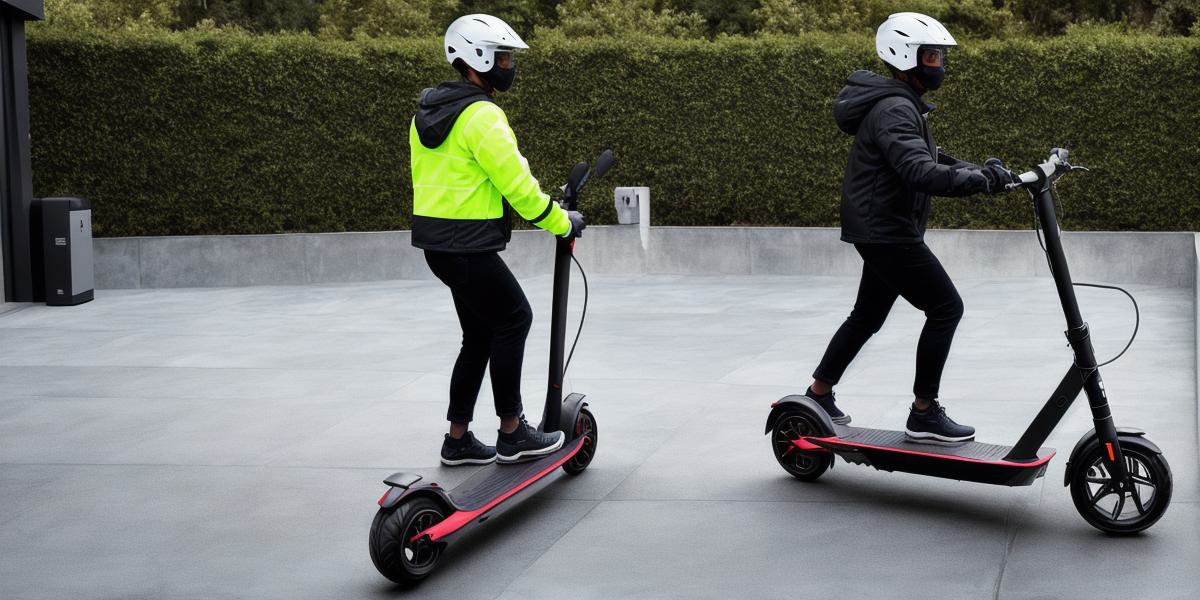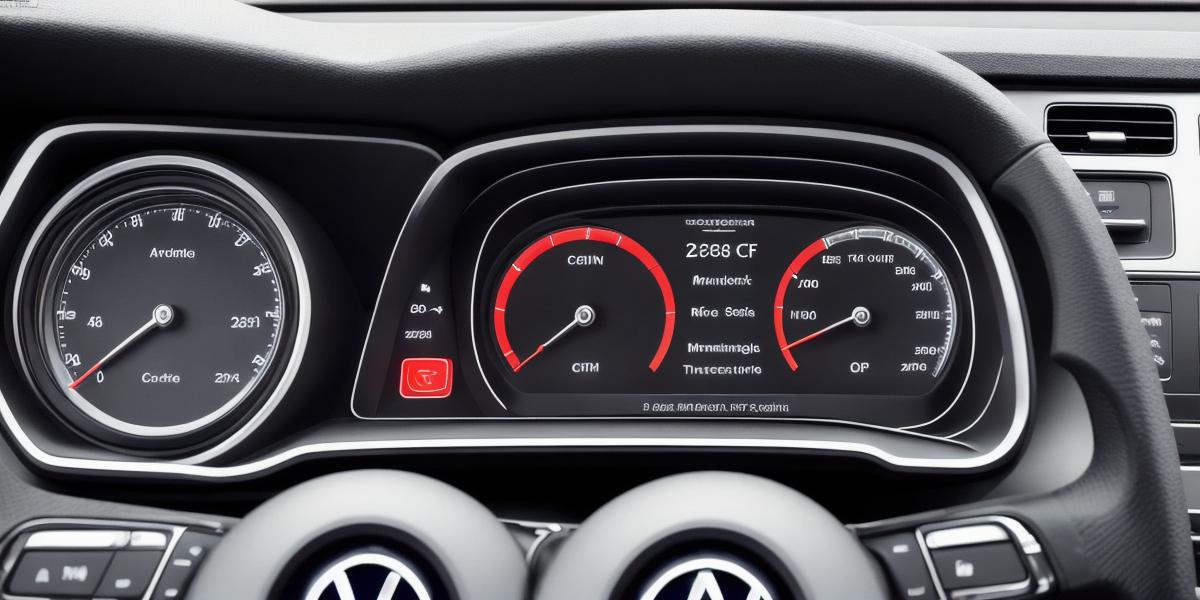If you or a loved one relies on a mobility scooter for transportation, you know how important it is to keep your device fully charged at all times. However, with so many different charging methods available, it can be difficult to determine the best practices for charging your mobility scooter efficiently and safely. In this article, we will explore some of the most effective ways to charge your mobility scooter and provide tips on how to do it safely.
The Importance of Proper Charging Practices
Charging a mobility scooter is an essential part of maintaining its performance and longevity. If you fail to charge your device properly, you risk damaging the battery or reducing its lifespan. Additionally, charging a mobility scooter improperly can also pose a safety risk to yourself and others.
Types of Charging Methods

There are several different methods for charging a mobility scooter, including wall chargers, external chargers, and solar panels. Each method has its own advantages and disadvantages, and the best choice for you will depend on your specific needs and preferences.
Wall Chargers
Wall chargers are one of the most common methods for charging a mobility scooter. They plug into an electrical outlet and can be used to charge the battery directly. Wall chargers are generally fast and efficient, but they require access to an electrical outlet, which may not always be available in remote locations.
External Chargers
External chargers are portable devices that can be carried around and used to charge your mobility scooter on the go. They usually come with their own battery pack and charging cable, and can be charged using a wall outlet or a computer USB port. External chargers are convenient for people who need to charge their scooter while on the move, but they may not be as efficient as wall chargers.
Solar Panels
Solar panels are another option for charging your mobility scooter, and can be especially useful in remote areas where access to electrical outlets is limited. Solar panels use solar energy to charge the battery, which means that you don’t need to worry about running out of power if you get caught away from an outlet. However, solar panels are less efficient than wall chargers or external chargers, and may require a larger surface area to generate enough power for a full charge.
Best Practices for Charging Your Mobility Scooter
Now that we have explored some of the different methods for charging your mobility scooter, let’s take a look at some best practices for doing it safely and efficiently.
- Follow the manufacturer’s instructions: Every mobility scooter is different, so it’s important to follow the manufacturer’s instructions when charging your device. This will ensure that you are using the correct charger and settings for your specific scooter model.
- Use a high-quality charger: Using a high-quality charger can help to prolong the lifespan of your mobility scooter’s battery and ensure that it charges quickly and efficiently. Look for a charger with a good reputation and one that is compatible with your scooter model.
- Keep your battery clean: Dirt and debris can accumulate on your mobility scooter’s battery, which can reduce its efficiency and performance. Regularly cleaning the battery can help to keep it in good condition and ensure that it charges quickly and efficiently.
- Avoid overcharging: Overcharging your mobility scooter’s battery can cause damage to the battery cells, which can lead to a shorter lifespan.



